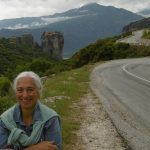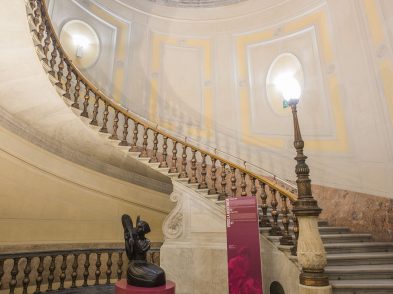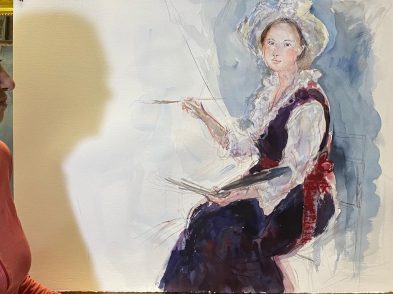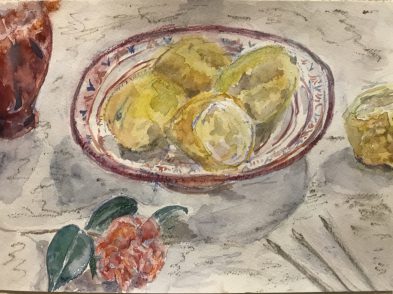Women’s voices merge and emerge, meeting across the centuries in Helen Cammock’s lyrical tribute to the resilience of Italian women past and present in a split-screen video work shown at London’s Whitechapel Art Gallery, one of the UK’s major public art spaces, and now transferring to the Collezione Maramotti in Reggio Emilia. As the recipient of the biannual Max Mara Art Prize for Women artists resident in Britain, Cammock spent six months in Italy researching and working on the project for this exhibition, exploring the idea of lament in its widest sense, looking for stories of strength and resilience, not just sadness and loss, and in the process uncovering hidden female voices. The film was at the heart of the London show, which included a series of vinyl cut prints and a screen-printed frieze. These will also be shown in Reggio Emilia in an expanded version of the exhibition.
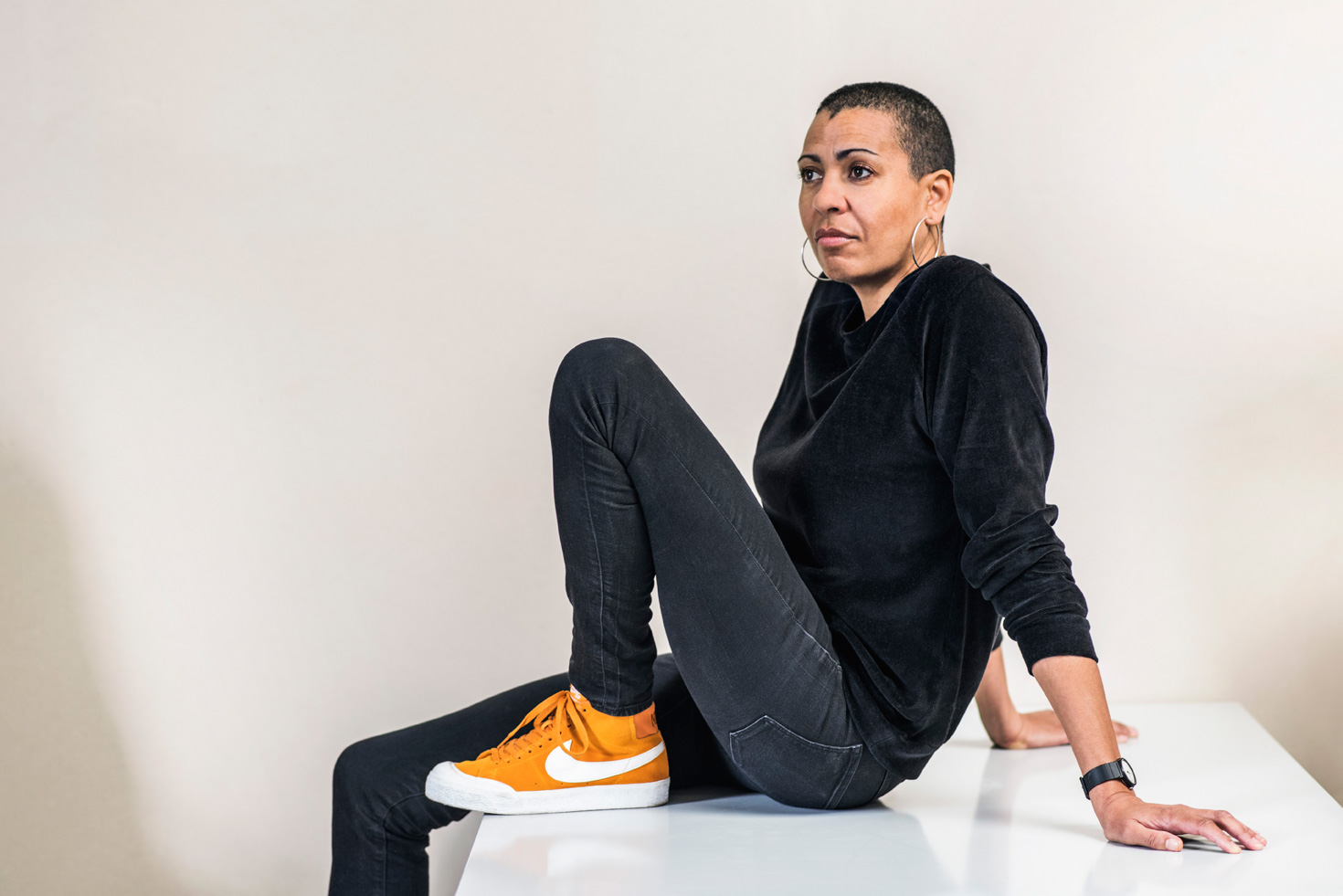
Helen Cammock
Che si può fare (“What can be done”) is the title of both the exhibition and a 1664 pre-operatic lament by the Venetian composer Barbara Strozzi. It is sung by Cammock in combination with a jazz trumpeter in the film and in live performances given in the gallery and screened for visitors. Her haunting voice lingers in the mind long after the film has ended. Cammock took preparatory singing lessons in Italy and sought advice from the Florentine singer Monica Benvenuti, who encouraged her exploration of the voice as an expression of the inner self and the embodiment of other women’s voices whose stories merge indistinguishable from Cammock’s in the film. She gives space to the unsung heroines of history as they tell us their stories: the individual acts of courage and persistence of women who have fought against injustice and the abuse of power—the Resistance fighter, the anti-apartheid activist, the Sicilian nun working with refugee women who weave their stories of loss and endurance into bags.
Cammock’s Italian grand tour included six cities: Bologna, Florence, Venice, Rome, Palermo and Reggio Emilia. She had never been to Florence and her stay in the city changed the scope of her project. Cammock became interested in the Baroque period and says that “Florence became an important place to begin researching the female voice in Italian culture” through looking at the work of Artemisia Gentileschi, who moved to Florence to work after her notorious rape trial in Rome, and discovering the music of 17th-century Florentine composer Francesca Caccini, which also features in the film.
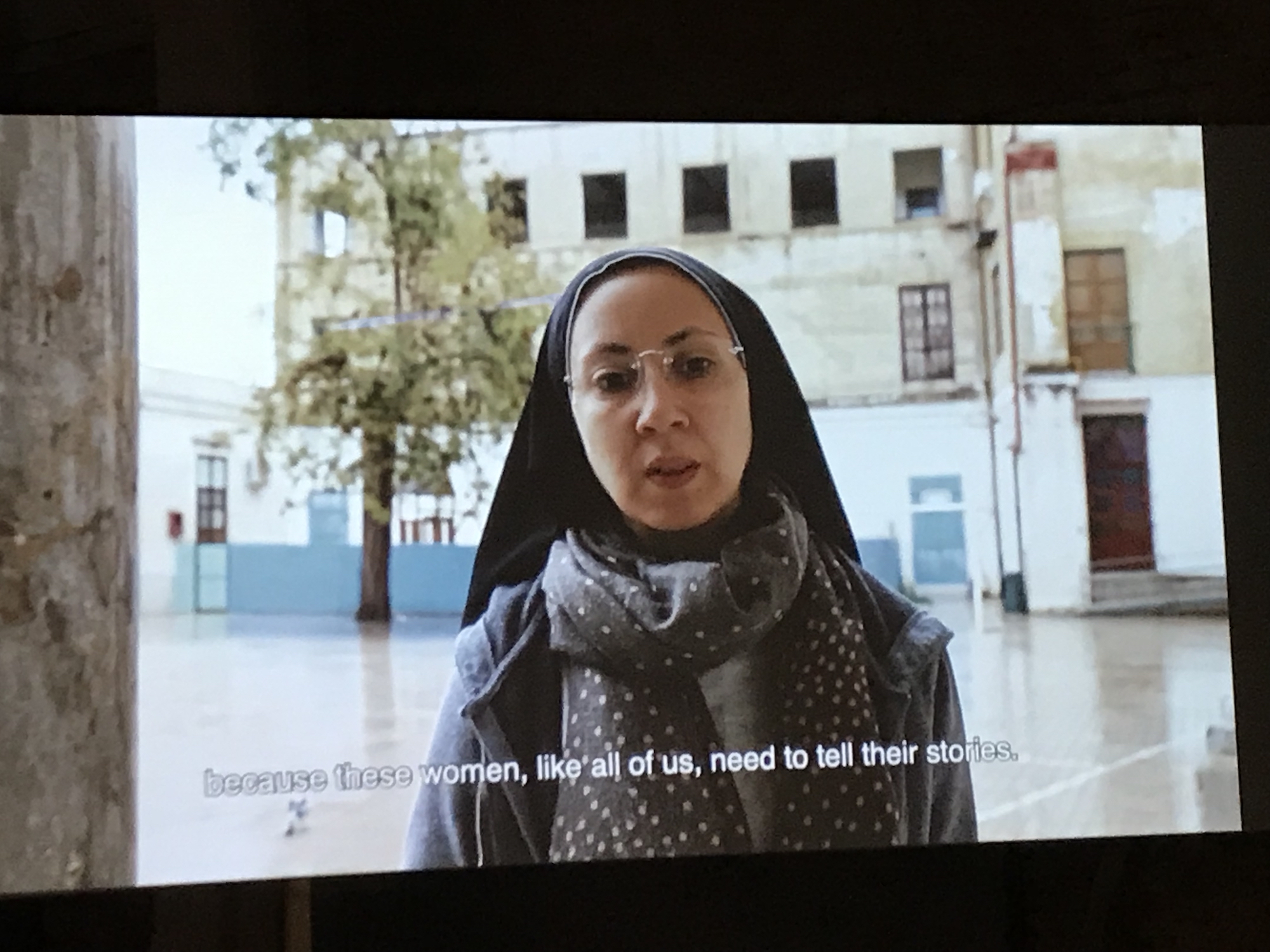
A detail from the video work
Marina Dacci, director of the Collezione Maramotti, curated Cammock’s Italian residency, enabling the artist to meet a range of interesting people and to stay at Villa Il Palmerino on the outskirts of Florence where she could engage in conversations with artists and scholars from around the world. This had a significant impact on the final work. She was given a “tutor” in each of the six cities as a guide to “go beneath the skin of the tourist experience”. In Florence, it was curator and writer Pietro Gaglianò, which proved “the introduction to such a range of different lives in so many different historical moments. I met living people and people from centuries past—in museums, galleries and archives, and this set the plan for the way I had begun to work in Bologna—but how I then began to work in every city from Florence onwards”.
Most importantly, Cammock’s Florentine hosts, dancer Federica Parretti and poet Stefano Vinceri of the Associazione Culturale il Palmerino, provided her with fresh stimuli in conversations about dance, poetry and what it means to be an artist, introducing her to the work of writer Vernon Lee, a former owner of the villa, as well as to Advancing Women Artists and its campaign for the visibility of Florence’s forgotten female artists. A side room to the exhibition in both London and Reggio Emilia displays Cammock’s personal library of books on art, music, history and activism collected on her journey, including AWA’s publications by The Florentine Press.
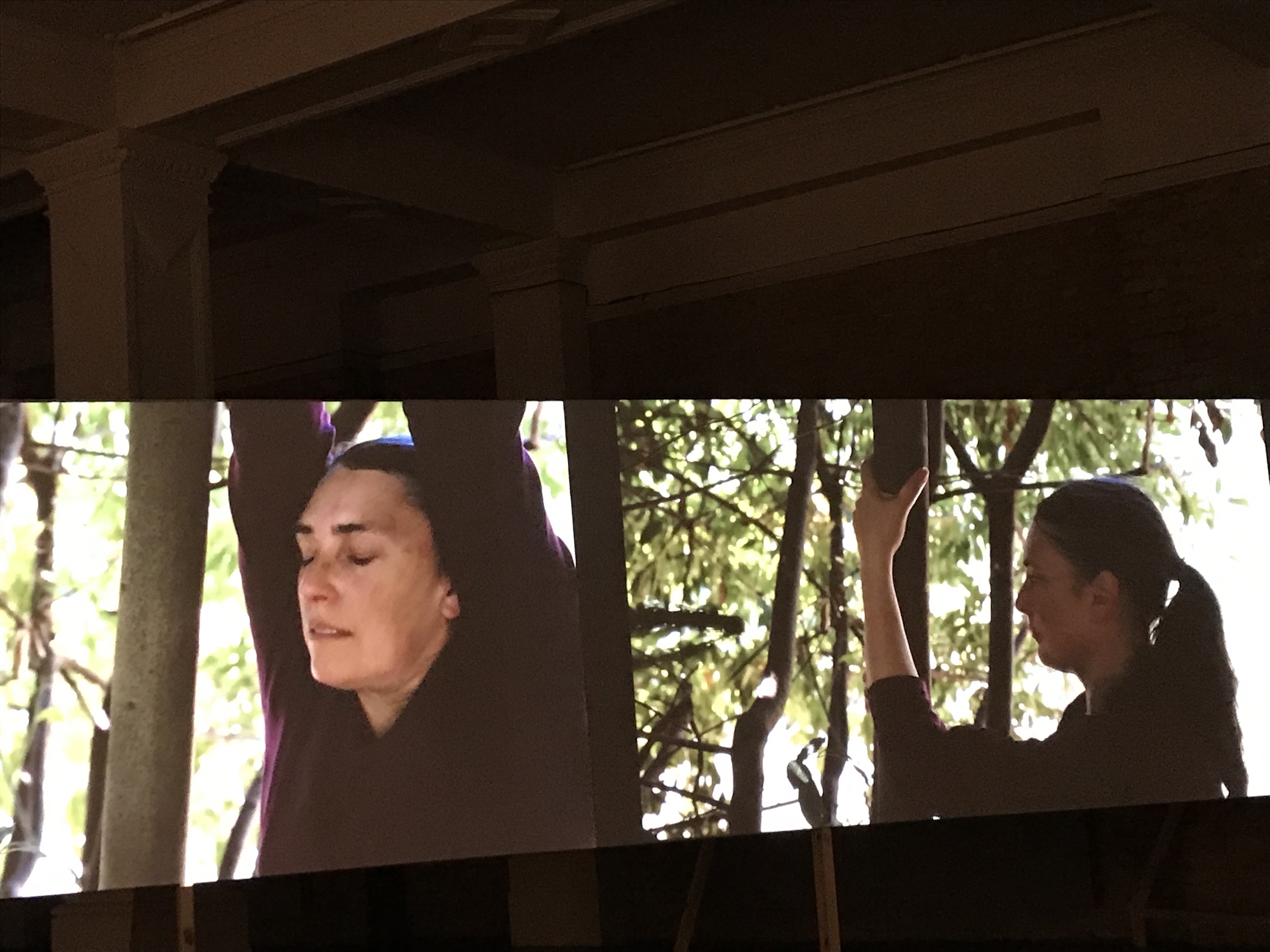
Cammock is one of four finalists for this year’s Turner Prize, the UK’s most important art award, which brings visibility to artists and can lead to international fame for their work. In Cammock’s case, the artist’s “voice” is inseparable from the other women in her film. Collaborators mention her special quality of empathy, drawing people out to tell their story in their own way without any apparent intervention.
Cammock persuaded Parretti to add her own voice to that of the other women in the film through movement, not words. Parretti courageously tells her story of grief and loss, dancing for the first time in 25 years, performing in the grounds of Il Palmerino a lament for a dead tree, Nonna Salice (Grandma Willow), which symbolized personal family history and the history of a place as well as her own complicated emotional relationship with the place, to the music of Monteverdi’s Lamento della Ninfa. Parretti came to London to work with local women on a performance on the theme of loss. In Reggio Emilia, Parretti and Cammock have been holding workshops with local refugee and migrant women, exploring their histories for a performance that will also be screened in the exhibition.
A project that began as an exploration of lament becomes a testament to the power of individuals to overcome circumstances through action and a celebration of all those individual voices that combine to become a force for change. Che si può fare becomes an affirmation not a question.
There is a regular direct train service from Florence Santa Maria Novella station to Reggio Emilia; journey time 1 hour. For more information, see www.collezionemaramotti.org/en.

